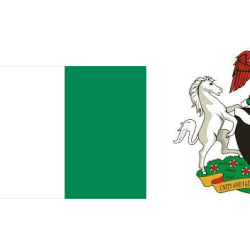The Hawa Mahal, or “The Palace of Wind,” is an iconic landmark in Jaipur, India, known for its unique architecture and historical significance. Built in 1799 by Maharaja Sawai Pratap Singh, this red and pink sandstone marvel epitomizes the fusion of Rajput and Mughal architectural styles.Its façade, adorned with 953 jharokhas (small windows), was ingeniously designed to allow royal women to observe street activities and celebrations without compromising their privacy, adhering to the purdah system of the time. These windows, with their intricate latticework, also served a practical purpose: facilitating the flow of cool air, or “venturi effect,” to provide natural ventilation and respite from Rajasthan’s intense heat.The five-story structure houses shrines dedicated to Hindu deities and overlooks a courtyard that features an archaeological museum. The museum showcases an impressive collection of royal artifacts, including weapons, historical documents, and antiques, offering visitors a glimpse into Jaipur’s regal past.Hawa Mahal remains a symbol of Jaipur’s rich cultural heritage and is a must-visit destination for history enthusiasts and architectural admirers alike.









